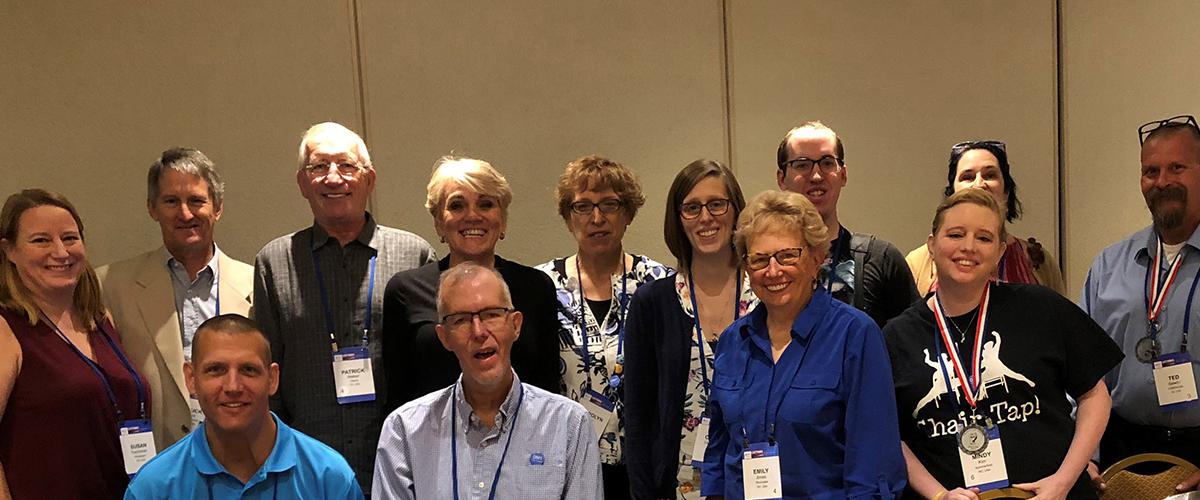Dr. Matt Disney brings an unusual and increasingly valuable skill to therapy development for DM—he’s a chemist.
Dr. Disney’s background, position and interests give him the flexibility to do exploratory work that leverages the latest advances in RNA biology in order to target the unique disease mechanisms of DM. By focusing on small molecules, his work has the potential to target all organ systems affected by DM and move toward practical applications in treating DM.
Medicinal chemists working on rare diseases at universities or non-profit research organizations, like his home base at The Scripps Research Institute, Florida, are rare, as they usually are based in the Pharma/Biotech sector.
The NIH has recently awarded two research grants in support of Dr. Disney’s research.
The first grant is an NIH Director’s Pioneer Award— a program that the NIH describes as supporting “individual scientists of exceptional creativity, who propose pioneering and transforming approaches to major challenges in biomedical and behavioral research.”
The Pioneer program is extremely competitive, with only 13 Pioneer Awards issued by NIH in 2015. This five-year, $960,000/year award seeks to utilize the defective gene as a catalyst for the synthesis of highly selective therapeutic compounds directly in the affected cells. The approach ensures that the drug will be available in precisely the cells where it is needed, thereby entirely avoiding issues encountered by traditional drug development and delivery strategies.
The second grant award is a renewal of Dr. Disney’s current NIH funding, providing an additional 5 years and $2.5M of support. In this work, he is trying to overcome the limitations of oligonucleotide therapeutics traditionally used to target RNA through the design, synthesis, and evaluation of small drug-like compounds with potent RNA binding capacity. Dr. Disney and colleagues have recently described this novel platform in an article in Bioorganic & Medicinal Chemistry Letters.
Reference:
Comparison of small molecules and oligonucleotides that target a toxic, non-coding RNA.
Costales MG, Rzuczek SG, and Disney MD.
Bioorg Med Chem Lett. 2016 Jun 1. Epub 2016 Apr 11.

